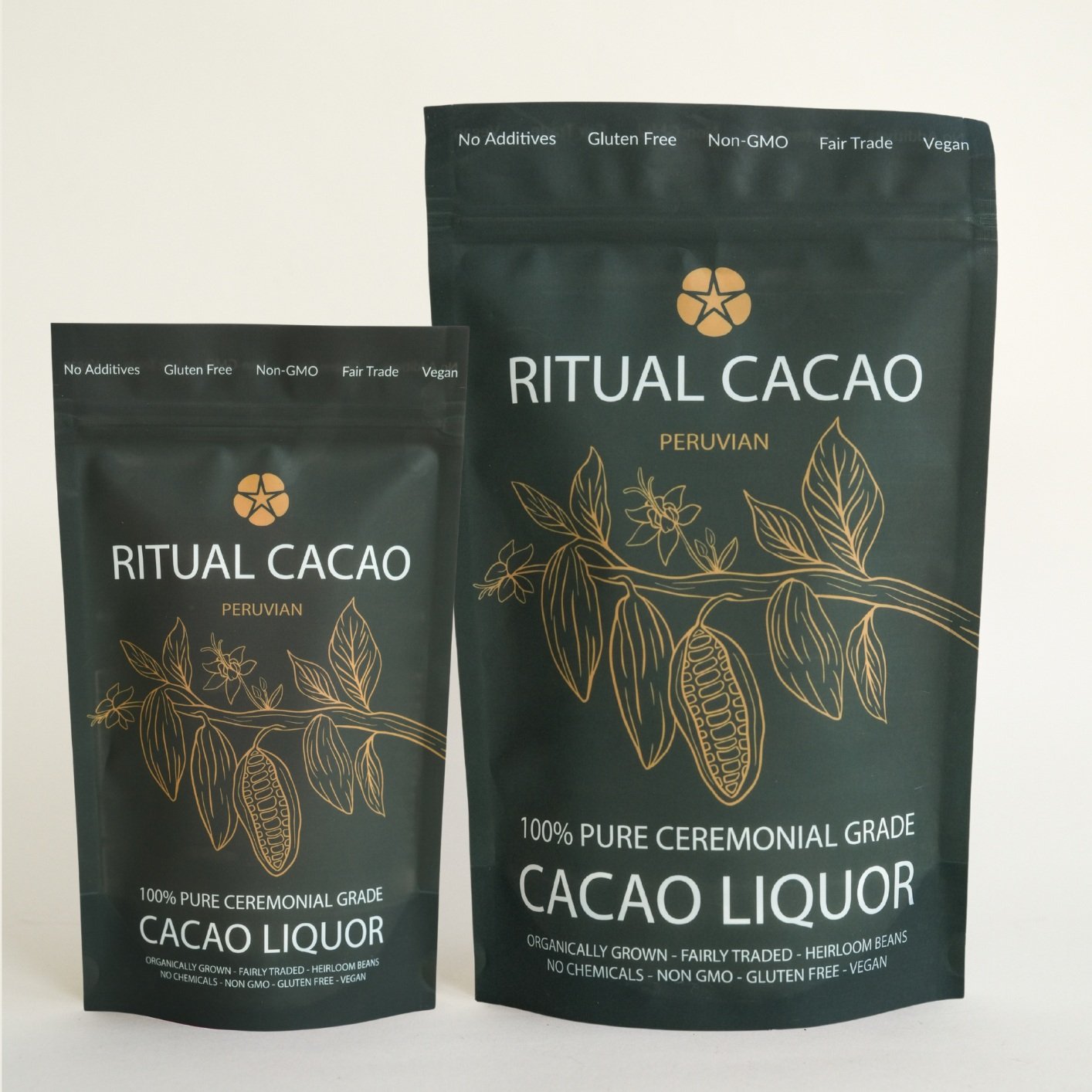Ethical Chocolate: Peeling back the wrapper on the chocolate industry...
Today is a National Chocolate Day in the USA: the perfect time to celebrate and indulge in this delicious and mood-enhancing “food of the gods”. Yet with concerning claims about child and slave labour existing within the supply chains of many of today’s major chocolate brands, are we really aware what we’re consuming and who might be paying the price for our love of this feel-good superfood? In this blog, we peel back the wrapper on one of the world’s most popular confections and take a look inside the ethics of the chocolate industry…
Ethics in the chocolate industry
Nearly two decades ago Mars, Nestlé and Hershey pledged to stop using cacao harvested by children. Yet much of the chocolate we buy today still starts with child labour (3) . Since most cacao is grown on smallholder and family farms in developing countries, we can begin to understand why the chocolate industry is particularly vulnerable to practises such as child and slave labour. But in 2020, why are these practises still happening? We believe that many people simply don’t know what’s behind the chocolate products they buy, so by bringing these issues into public awareness, we hope to help people become more informed so they can make more conscious choices when choosing their chocolate.
Key Facts
In 2001, big chocolate brands including Nestlé, Mars and Hershey signed a cross- sector accord aimed at eliminating harmful child labour. Having missing deadlines to deliver on this pledge in 2005, 2008 and 2010, these same companies say they cannot guarantee that the chocolate you buy today is free from child labour (4).
Research from Tulane University suggests that around 2.1 million children work in the cacao industry, 96% of which are working under conditions deemed hazardous (5).
It is estimated that 1.56 million children work in cocoa production in Ghana and the Ivory Coast alone, carrying out hazardous work including the use of sharp tools, working at night and exposure to agrochemical products (6).
Cocoa farmers in West Africa, where 70% of the world’s cocoa comes from, can earn as little as $0.25-$0.50 a day (7).
According to the Fairtrade Foundation, only around 6% of the chocolate industry’s total revenues makes its way back to farmers. Fair-trade models seek to counter this by increasing consumer prices and passing on the premium to farming cooperatives (6).
A study in the journal Plos One found that increasing the price of cocoa by just 2.8 percent could provide farmers with enough income to hire qualified adult labour, instead of relying on children. A 2.8 percent increase would only elevate the price of a Hershey’s bar by 5 cents, from $1.79 to $1.84 (8).
Mars, maker of M&M’s and Milky Way, can trace only 24 percent of its cocoa back to farms; Hershey, the maker of Kisses and Reese’s, less than half; Nestlé can trace 49 percent of its global cocoa supply to farms (3).
In 2017, NGO Mighty Earth released a report documenting findings that cacao was being grown illegally in national parks and other protected forests in the Ivory Coast to feed demand from large chocolate companies like Mars, Hershey’s, Nestlé, Lindt and Ferrero. The report accused the companies of endangering the forest habitats of chimpanzees, elephants and the many other wildlife populations by purchasing cocoa linked to deforestation (9).
In what was seen as a major milestone, the Cadbury’s Dairy Milk range in Britain and Ireland became entirely Fairtrade in 2009. However, in November 2016 Cadbury’s announced it was pulling out of Fairtrade in favour of its own “sustainability programme” Cocoa Life. This raised a number of concerns – not least that their chocolate will not meet the same standards as the Fairtrade mark, as it has not been independently certified (10).
One of the biggest shake-ups in the chocolate industry was the controversial take- over of fair trade and organic chocolate brand Green & Black’s by Cadbury in May 2005, which later became part of Mondelēz International (formerly known as Kraft Foods). Cadbury promised to run Green & Black’s as a stand-alone business and despite Green & Black’s efforts to maintain its ethical roots, changes are beginning to appear – the brand, known for its products with the word ‘organic’ printed boldly below their logo, has begun using non-organic chocolate for the first time since it was founded in 1991 (10).
I Shop Therefore I Am
As conscious consumers, we’re greatly inspired by this artwork by Barbara Kruger: a play on Descartes’ famous philosophy ‘I think therefore I am’. We think it invites us to actively think about our material consumption and become more aware of how we spend our money. In the same way that “we are what we eat”, in 2020, have we become what we buy?
Now more than ever we are able to support the changes we want to see in the world by choosing to buy from companies that promote fair-trade, organic and environmentally-friendly farming practises. When we buy from unethical chocolate businesses and unscrupulous confectionary corporations, we are inadvertently supporting child and slave labour.
When you choose Ritual Cacao, you are supporting the livelihoods of indigenous farmers. Our cacao reflects the true cost of fair trade and provides a valuable connection between the earth that creates it, the indigenous Amazonian communities that harvest it, and the customers that consume it.
By buying our cacao you are supporting two Amazonian communities, the Asháninka Tribe and Tsatsayaku Association, to protect their land from logging and cocaine production. It enables them to be independent and proud of who they are, and the Cacao they produce.
It’s up to each of us to choose for ourselves… the power of change is in our hands.
With Love & Gratitude,
Rebekah Shaman & the RC Team
Artwork by Barbara Kruger, 1987





